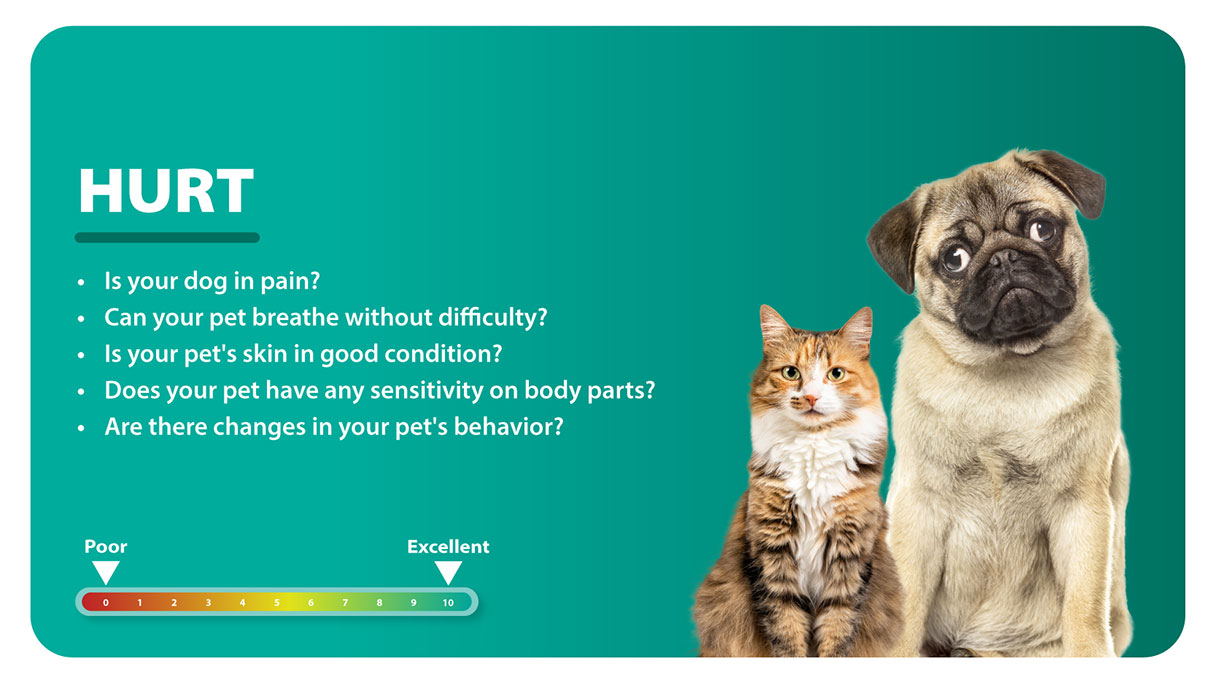Understanding how dogs show pain is crucial for every pet owner. Dogs are experts at masking discomfort, making it challenging to detect when they are suffering. Unveiling the mystery behind how a dog expresses pain involves observing subtle signs and changes in their behavior. From limping and decreased appetite to excessive licking and restlessness, these cues are vital indicators of your furry friend’s distress. By recognizing these signals early, we can provide timely care and alleviate their pain. In this blog, we will delve deeper into the intriguing world of canine communication and explore the various ways dogs show pain, empowering you to be a vigilant pet parent.
Introduction to Understanding Dog’s Pain
Dogs, our loyal companions, often mask their pain effectively, making it challenging for pet owners to recognize when their furry friends are suffering. Understanding how does a dog show pain is crucial for ensuring their well-being. Dogs exhibit pain through subtle cues, which if overlooked, can lead to delayed treatment and prolonged discomfort.
The Importance of Identifying Pain in Dogs
Recognizing signs of pain in dogs is vital as they cannot verbally communicate their discomfort. Subtle behavioral changes, such as decreased activity levels, excessive licking of a specific area, or aggression, may indicate an underlying issue.
Common Indicators of Pain in Dogs
Dogs may show pain through physical symptoms like limping, restlessness, whining, or changes in appetite. It’s essential to observe your dog closely and look for any deviations from their usual behavior.

Physical Signs of Pain in Dogs
Dogs, like humans, exhibit various physical signs when experiencing pain. Observing these signs is crucial for early detection and appropriate intervention in managing their discomfort. Common physical signs to look out for include:
Limping or Difficulty Moving
Changes in mobility such as limping, reluctance to climb stairs, or difficulty in getting up may indicate musculoskeletal pain. It is essential to monitor these signs closely.
Changes in Eating Habits
Loss of appetite or sudden shifts in eating behaviors can be an indication of discomfort. It is crucial to note any changes.
Increased Aggression or Irritability
Dogs in pain may exhibit aggression or irritability when touched or approached. Understanding these signs is important.

Behavioral Cues indicating Pain in Dogs
Understanding how a dog shows pain is crucial for pet owners to ensure their furry friends are healthy and happy. Dogs, like humans, exhibit specific behaviors that indicate they are experiencing discomfort or pain. Recognizing these behavioral cues can help in early detection and prompt treatment. Here are some common signs to look out for:
Changes in Mobility
Dogs experiencing pain may show reluctance to move, limping, or stiffness in their gait. They might also have difficulty getting up or lying down.
Other dogs may excessively lick or bite at a specific area that is causing them pain. This could indicate a localized source of discomfort.
Altered Behavior
Behavioral changes such as increased aggression, irritability, or withdrawal from normal activities can be indicative of pain in dogs.
- Restlessness: Restless behavior, constant pacing, or inability to relax may signal underlying pain.
- Loss of Appetite: If a dog suddenly loses interest in food or treats, it may be a sign of discomfort.
- Noisy Breathing: Labored or heavy breathing can indicate pain or respiratory distress.

Common Causes of Pain in Dogs
Observing pain in dogs is crucial for their well-being. Understanding the common causes can help address their discomfort early on.
Arthritis
Arthritis, a common issue among aging dogs, can cause persistent pain, stiffness, and decreased mobility.
Joint supplements can help manage the pain effectively.
Ear Infections
Recurrent ear infections can lead to discomfort and pain in dogs.
Regular ear checks and proper cleaning can prevent secondary infections.
Methods to Assess Pain in Dogs
Assessing pain in dogs is crucial for their overall well-being. Dogs, like humans, display various signs when in pain. Understanding these signs can help in providing appropriate care and treatment. Here are some methods to assess pain in dogs:
1. Observational Clues
Dogs may exhibit behavioral changes such as restlessness, whimpering, or aggression. Physical signs like limping or panting can also indicate pain.
2. Pain Scales
Veterinarians use pain scales to assess the level of discomfort in dogs. These scales help in quantifying pain through observed behaviors and physiological changes.
- Visual Analog Scale (VAS)
- Simple Descriptive Scale (SDS)
- Numerical Rating Scale (NRS)
Ways to Alleviate Pain in Dogs
When it comes to understanding how does a dog show pain, it’s essential to look for signs that indicate discomfort. Once pain is identified, there are several ways to alleviate it and ensure your furry friend’s well-being.
1. Consult Your Veterinarian
Before attempting any pain relief methods, seek professional advice. Your vet can diagnose the cause of pain accurately and recommend suitable treatment.
2. Provide Adequate Rest
Rest is crucial for the healing process. Ensure your dog has a comfortable place to rest to allow their body to recover.
3. Use Pain Medications
If prescribed by a vet, administer pain medications as directed. It’s vital to follow the correct dosage and schedule to avoid complications.
4. Apply Cold or Heat Therapy
To alleviate pain, you can use cold packs or heat pads on the affected area. Be mindful of the duration and temperature to prevent skin damage.
5. Consider Physical Therapy
Physical therapy techniques such as gentle exercises or massages can help improve your dog’s mobility and reduce pain over time.
Frequently Asked Questions
-
- How can you tell if a dog is in pain?
- Some signs that indicate a dog is in pain include changes in behavior, excessive panting, whimpering, restlessness, and decreased appetite.
-
- What are common causes of pain in dogs?
- Common causes of pain in dogs include injuries, arthritis, dental issues, infections, and underlying health conditions.
-
- Why is it important to recognize pain in dogs?
- Recognizing pain in dogs is crucial to ensure timely treatment and prevent further suffering. Dogs may mask their pain, so it’s essential for pet owners to be observant.
-
- Can dogs show pain through body language?
- Yes, dogs can show pain through various body language cues such as limping, licking a specific area, avoiding certain movements, and changes in posture.
-
- When should I take my dog to the vet for pain?
- If you notice persistent signs of pain in your dog or if there is a sudden change in behavior indicating distress, it is advisable to consult a veterinarian for a proper diagnosis and treatment.
Unraveling the Enigma: Deciphering a Dog’s Pain Signals
In conclusion, understanding how a dog shows pain is crucial for every pet owner. By recognizing subtle signs like changes in behavior, appetite, or mobility, we can provide timely care and alleviate their suffering. Remember, a dog’s ability to verbalize pain is limited, so it’s our responsibility to tune into their non-verbal cues. Consulting with a vet at the first hint of discomfort is vital to ensure your furry companion’s well-being. By fostering a deeper bond with our dogs and being vigilant towards their pain signals, we can enhance their quality of life and strengthen the unbreakable connection we share with our loyal four-legged friends.



